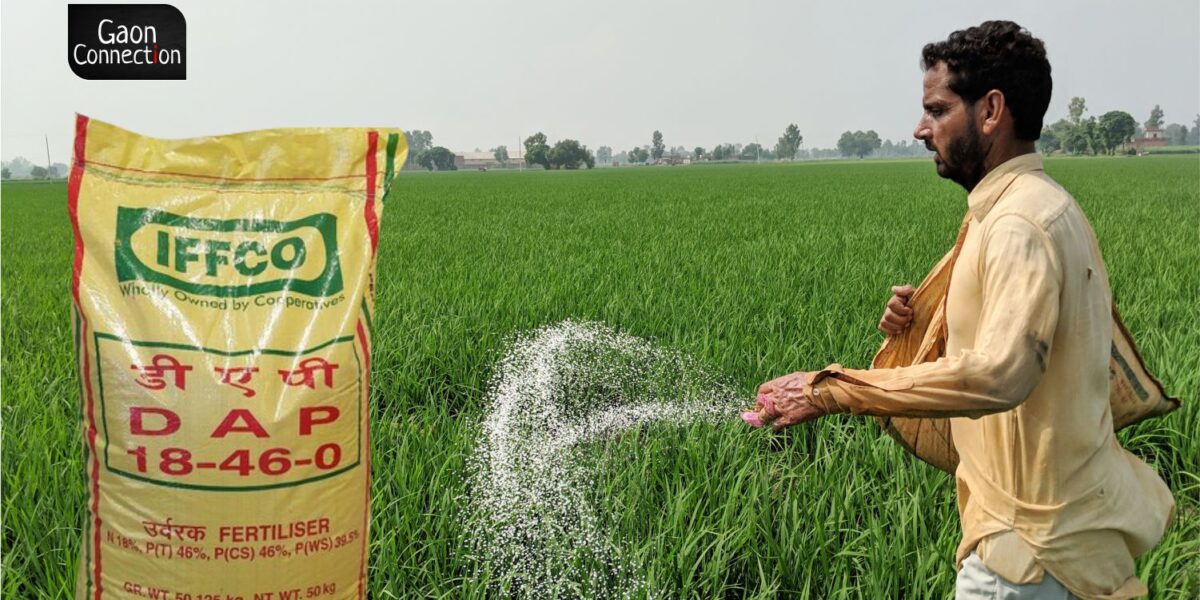Four months ago Indian as well as US Media, both were covering same story; no it was not geopolitical; it was shortage of Nitrogen fertilizers and farmers in India as well as US were worried of their respective sowing delays. A similar situation was buildup in 2008 when Nitrogen demand outstripped its supply and fertilizer prices doubled swiftly, but they plunged the way they surged on account of demand destruction and benchmark 2008 economic recession. But this time nitrogen prices will recede at a slower pace, this shortage of fertilizer that too at higher price is going to stay with us for a little longer time, at least for next two crop cycles.
Why Shortage?? Not a rocket science; with growing population we need more and more food and organic approach can not meet that demand, only way out is better yielding varieties, good cultivation techniques and Artificial Fertilizers. Shortest and most adopted tool by farmers across glob is; for more production apply more fertilizer, particularly in case of grains like Wheat, Paddy, Maize and Mustard, followed by each agri-production which is grown for bulk. This growing demand should be met by increased fertilizer production, which is being derived from fossil resources; crude and natural gases. Now there is quite clear connection of fertilizer prices and their shortage.
Source: https://www.indexmundi.com/
Brent Crude Futures ICE. Source: www.investing.com
2021-2022 shortage and price increase share all factors with 2008 with one extra; Geopolitical i.e. Russia- Ukraine war. This Russia-Ukraine conflict is extended much beyond boundaries of these two nations, it has now gripped whole world. Both the nations are not only significant supplier of grains and oil seeds, but also non-replaceable supplier of fossil fuel and fertilizers i.e. raw material as well as finished products both. Now even if the War ends sooner than expected its impact will last longer and that impact will be from three angles:
- Lesser supply of agri-produce from Ukraine-Russia.
- Lesser Fertilizer supply.
- Lesser raw material for other fertilizer manufacturers.
Most impacted bulk crops will be Wheat, Rice/Paddy, Maize and Mustard. Because these crops require a larger fertilizer application compare to other competing crops like pulses and soybean. Pulses and soybean require lesser nitrogen fertilizer as they can fix their own nitrogen through a symbiotic root bacterial association. This means farmer will give preference to lower fertilizer requirement crops over wheat, paddy, maze and mustard. Out of these four wheat is in most tight global balance sheet and this new condition will further fuel the situation in coming time.
Todays publication in Bloomberg give complete support to this thought: Brazil to Propose Fertilizer Be Excluded From Russian Sanctions (Bloomberg) — Fertilizer should be exempted from sanctions imposed on Russia in order to support global food production and control food inflation, Brazilian Agriculture Minister Tereza Cristina said Thursday. The proposal has the support of Argentina, Bolivia, Chile, Paraguay and Uruguay.
India fulfills its major requirement of fertilizers through import and that is going to be a disturbed subject. So To keep track of Indian / global crops, we need to keep track of this new influencing element “Nitrogen”.




No Comment! Be the first one.